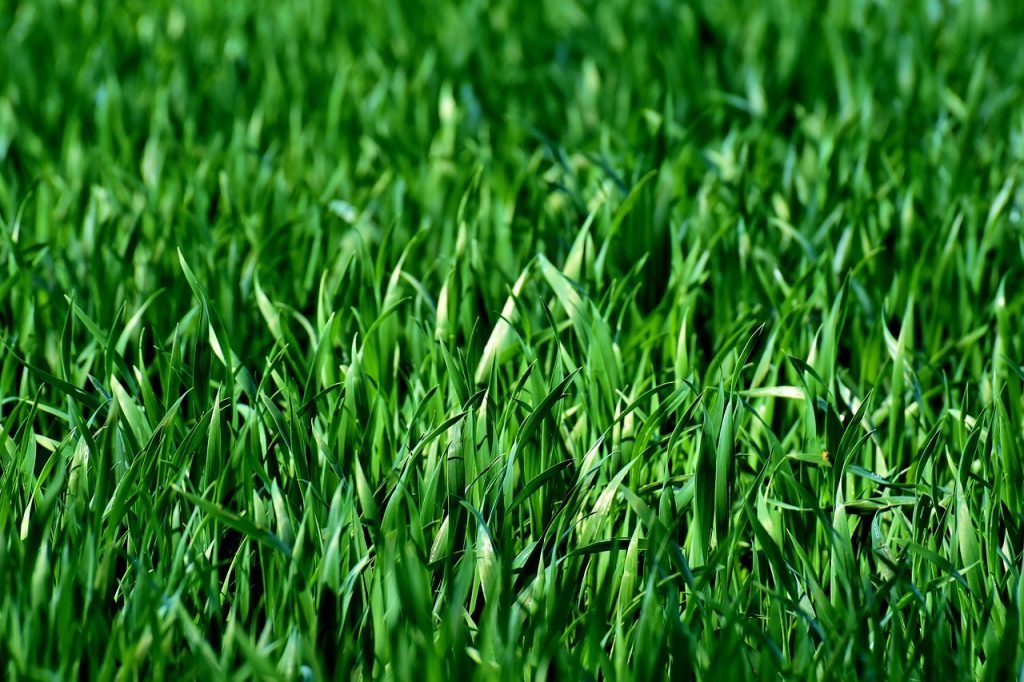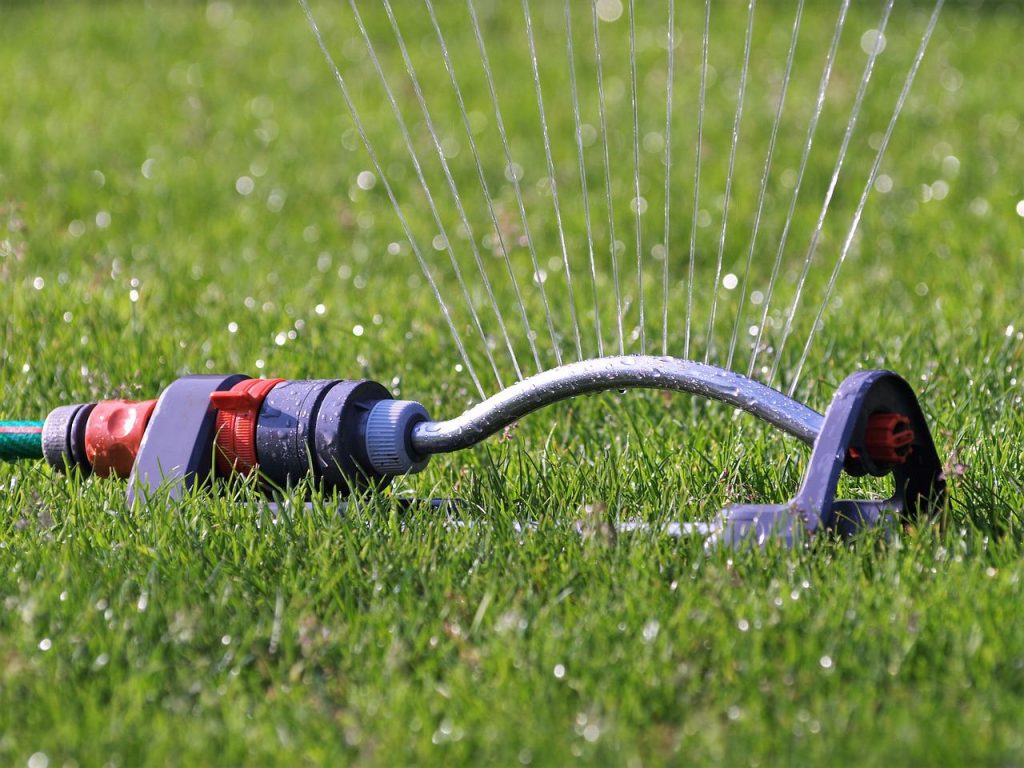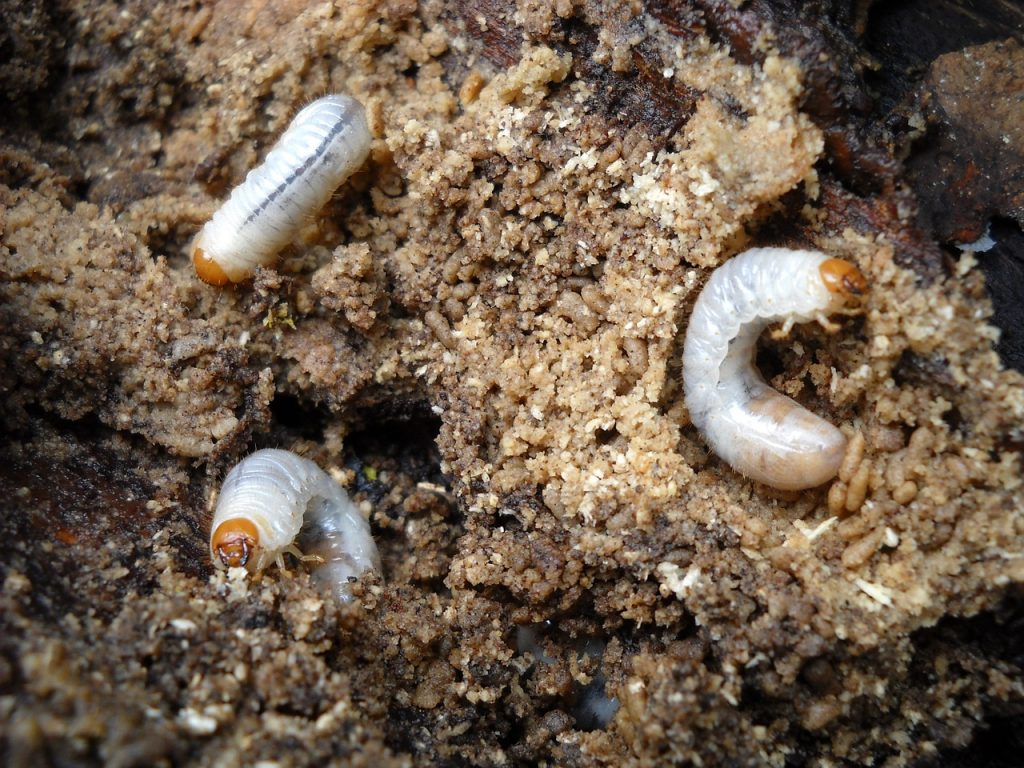Warm weather is here and you know that hot and dry days linger a long time in Texas! That makes it pretty challenging to keep your landscaping healthy and lush. But our summer lawncare tips can help you keep your lawn in beautiful, thriving condition. Read on below!

Regular Meals
Regular nutrition for your lawn is an absolute must. Keeping it regularly fed with the right fertilization can result in beautiful, lush growth. Do a soil test to figure out exactly what your soil needs, and how frequently. Your consistency throughout the seasons – and especially during a hot, dry summer – will reward you with a beautiful lawn.
Pre- and Post-Treatment
Applying pre-emergent weed control before weeds are even visible can be very effective preventative care. But don’t stop there! Using post-emergent weed control products can give your lawn the full treatment and minimize the emergence or growth of weeds.
Mindful Mowing
As tempting as it is to clip your grass pretty short and very frequently, resist the urge. Ultra-short mowing paired with the harsh sun exposure of summer can result in damaging your lawn. So, cut back on the frequency of your mowing and also the trim height. When you do mow, remove the grass clippings. Think of them like a big, hot, suffocating blanket that your lawn does not need. Your lawn needs sunlight, oxygen, and nutrients – not old grass clippings piled on top of it.
Water in the Morning
Keep your lawn regularly watered. The key here is to water it enough, but not too much, and at the right times. Overwatering can lead to developing fungal diseases, so depending on your climate, 2-3 times a week should be sufficient. Also, water it in the early morning hours. If you water later in the day, the sun can pretty much cool/blister/boil your landscaping. And if you water later in the evening, there’s not enough sun to evaporate the excess (and excess water leads to disease).

Treating Disease and Pests
If your lawn does develop disease, early signs might come in the form of brown spots, thinning patches, or matted turf. It can be a hassle, but it’s not the end of the world – and there are disease treatments you can use to help neutralize and repair.
Infestations & Pests
Chinch bugs, grubs, and Bermuda grass mites are all pesky pests that are waiting to infest your lawn. Keep an eye for these signs of pests:
- Thin, bare spots on the lawn may be a sign of Bermuda grass mites. Dethatching and one-inch watering after mowing can kill them. Some insecticides, like Baygon or Diazinon, can also be effective in killing mites.
- Under extreme heat or drought conditions, the insects that feed on chinch bugs die off – allowing the chinch bugs to proliferate and infest. Damage that indicates their presence is yellow spotting that turns brown and dies. Broad-spectrum pesticide is generally effective. If you want a more natural route, sprinkle Diatomaceous Earth (DE). It dehydrates pests from the inside out and literally dries them to death.
- Grubs feed on grass at the root level, resulting in visible damage at the surface level. Why? When a root system is damaged, it prevents your lawn from sufficiently receiving water and nutrients…and the grass dies. Grubs are the larval stage of beetles, so if you notice a lot of beetles hovering – or a lot of visiting animals eating them or rooting around for the grubs – it’s a good indicator you need to get some grub treatment products.

Stop in to See Us
We have the right lawncare equipment you need to help your lawn stay lush and thriving all year long – and the summer is no exception. Stop in or contact us today!
